|
Plant
material
|
||
| Plant material is commonly found both on the beach and on the foreshore. In fact it makes up the greatest proportion of the material found in the pyrite drifts. Twigs and fragments of wood begin to wash out of the clay slips and, at first retain a proportion of carbon which soon washes away to leave the pyrite behind. These are then sorted by wave action into the pyrite drifts that accumulate on the beaches. When sorting through these drifts other small fossils can be found. Amongst them are the casts of seeds and fruits. I dont intend to go into detail about the variety and preservation of these as they have been dealt with in great detail by Margaret Collinson in her excellent publication " Fossil plants of the London Clay " where she uses keys to identify over 250 species including all of the common plant macrofossils. | ||
|
Nipa
burtini
|
||
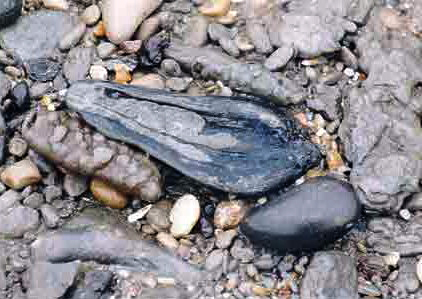 |
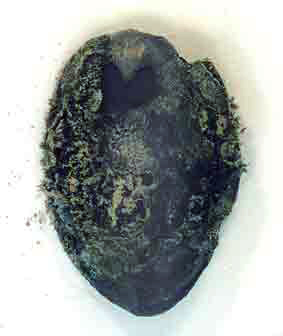 |
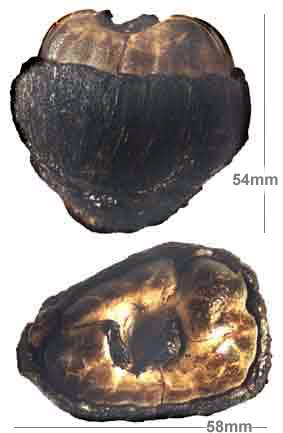 |
|
Typical
Nipa palm husk amongst pyrite and showing some retention of carbon as
is evidenced by the black areas discernable
|
Nipa
husk with pyrite disease
|
Unusually preserved Nipa palm fruit with the husk. |
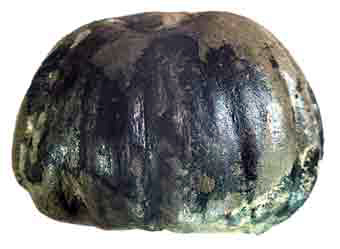 |
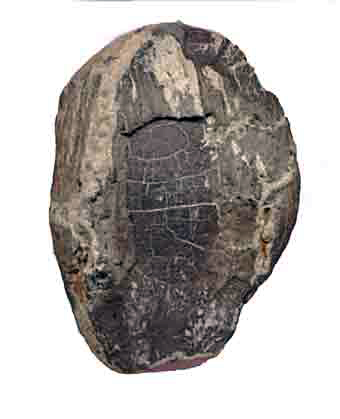 |
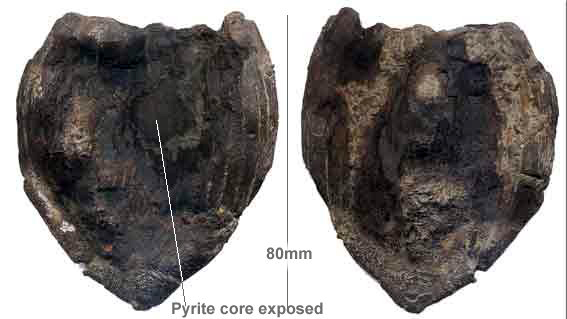 |
|
Nipa
fruit with some carbon retained
|
Nipa
husk as found in a septarian cementstone. The white areas are deposits
of calcite from within the cementstone.
|
This Nipa husk was found washing out of the clay on the foreshore. The core is pyrite, with a carbon coating of the original plant material. As the specimen dries out, the carbon material will peel away leaving the pyrite. |
.jpg) |
||
|
A 3D specimen
of Nipa Burtini with the fruit preserved within the husk. The
fruit appears to be preserved as aphosphatic cast while the husk contains
the original carbon infested with pyrite, The image above is already
showing signs of pyrite decay.
|
||
.jpg) |
||
| The crushed fruit of the nipa palm here preserved as a pyrite cast. The specimen has been treated for pyrite decay by exposure to an 80% atmosphere of ammonia for 48 hours, The rust colouration is the outcome. The ammonia converts the sulphides into oxides which are less harmful. This protects the fossil temporarily. There is no long term cure for Pyrite decay. | ||

